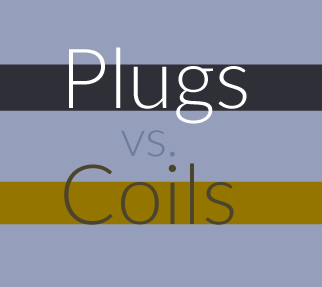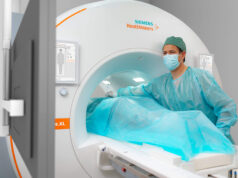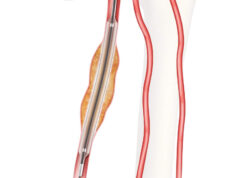 A prospective, randomised single-centre study that set out to compare the safety and efficacy of vascular plugs and fibred platinum coils for embolization in pelvic congestion syndrome has shown that while both devices resulted in successful embolization, plugs were associated with decreased fluoroscopy time and radiation dose
A prospective, randomised single-centre study that set out to compare the safety and efficacy of vascular plugs and fibred platinum coils for embolization in pelvic congestion syndrome has shown that while both devices resulted in successful embolization, plugs were associated with decreased fluoroscopy time and radiation dose
In the study, recently published in the Journal of Vascular and Interventional Radiology (JVIR), embolization resulted in pain relief in 90% of patients. The authors reported that the group treated with coils had a significantly longer fluoroscopy time and significantly higher radiation dose (p<0.001).
Miguel A De Gregorio, Universidad de Zaragoza, Zaragoza, Spain and colleagues, from the Research Group of Minimally Invasive Techniques enrolled 100 women with pelvic congestion syndrome from January 2014 to January 2015. They randomly assigned patients to one of two groups: patients in one group were embolized with Nester coils (Cook Medical; n=50) and in the other, they were embolized using Amplatzer vascular plugs II (St Jude Medical; now Abbott; n=50).
Results
Results from the study showed that clinical success and subjective improvement were not significantly different between the groups at one-year follow-up. On average, there were around 18 devices used per case in the group embolized using coils. In the group embolized with vascular plugs, on average around four devices were used. There were three instances of coils migrating to the pulmonary vasculature and one instance of a plug doing the same. These migrations occurred approximately three to six months after the procedure, and all migrating devices were retrieved without complications, reported the authors.
As reported in JVIR, the average age of patients was just over 42 years, and their average visual analog scale (VAS) score for pelvic pain before treatment was about 7.4. The primary outcome of the study was defined as clinical success at one year using the VAS score. The investigators also compared the number of devices used; procedure and fluoroscopy times; radiation doses; costs; and complications. Patients were followed at one, three, six, and 12 months.












